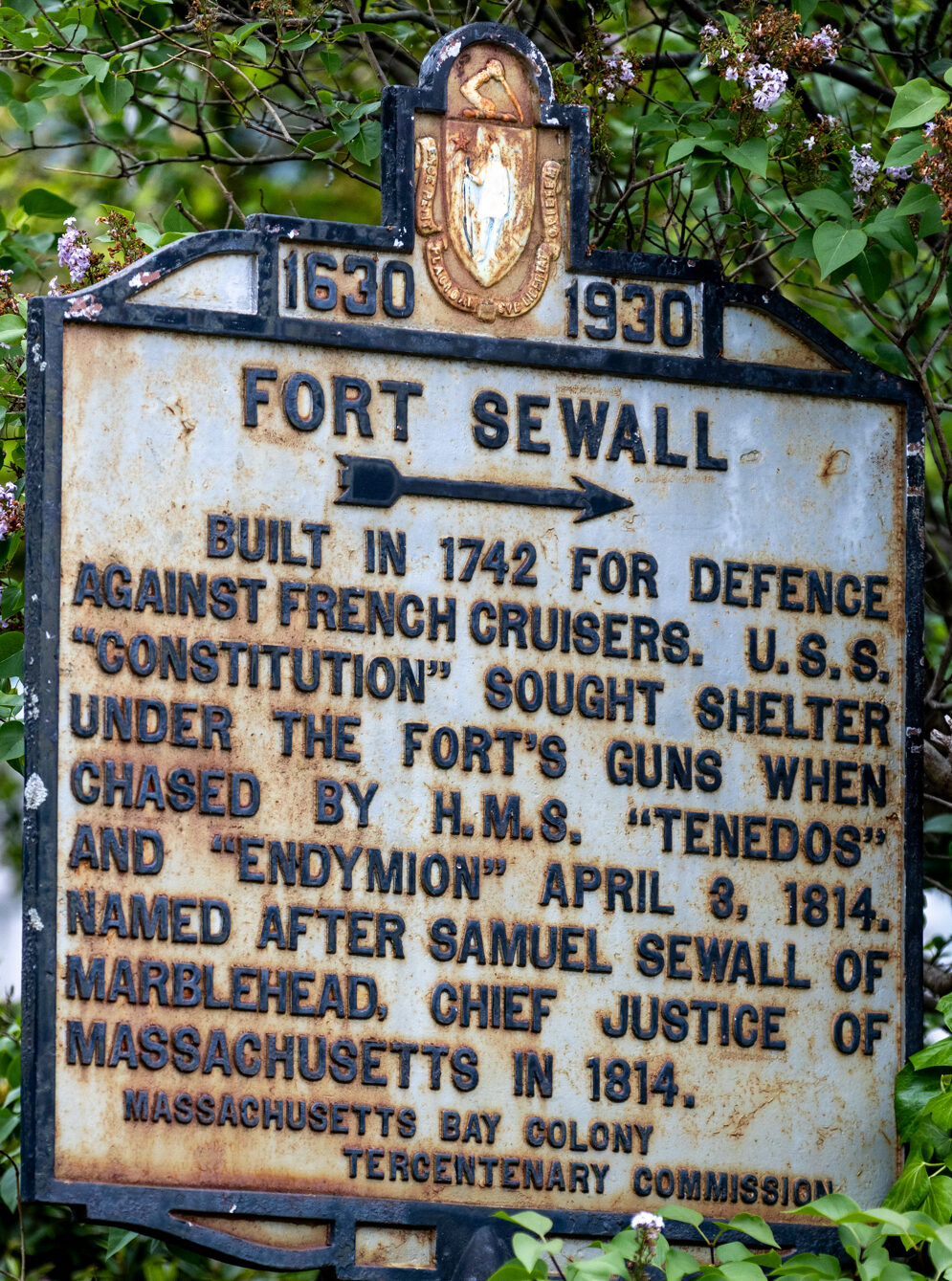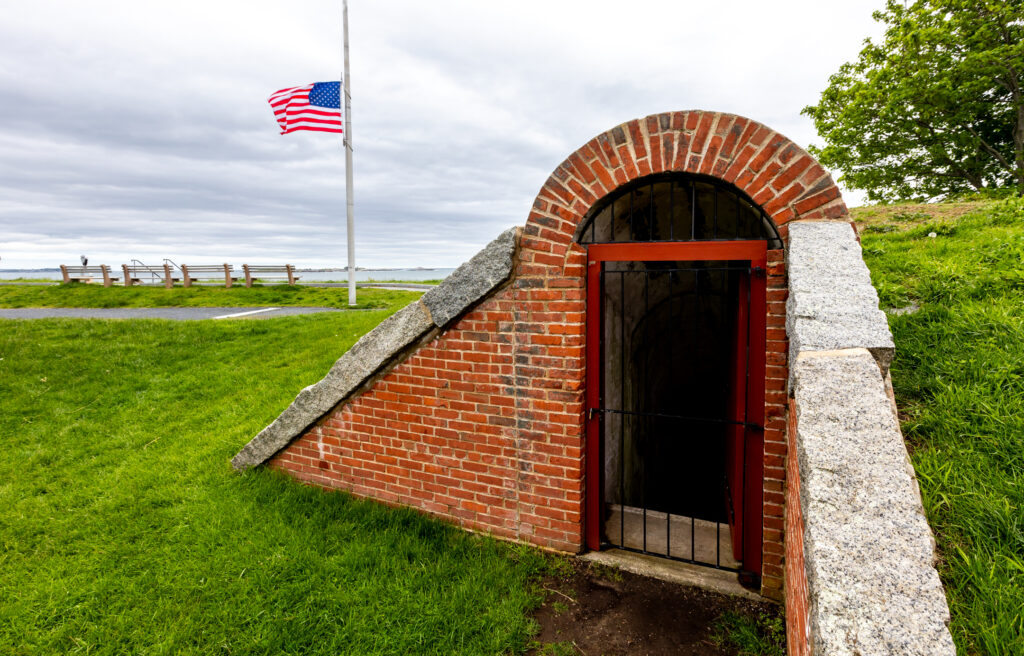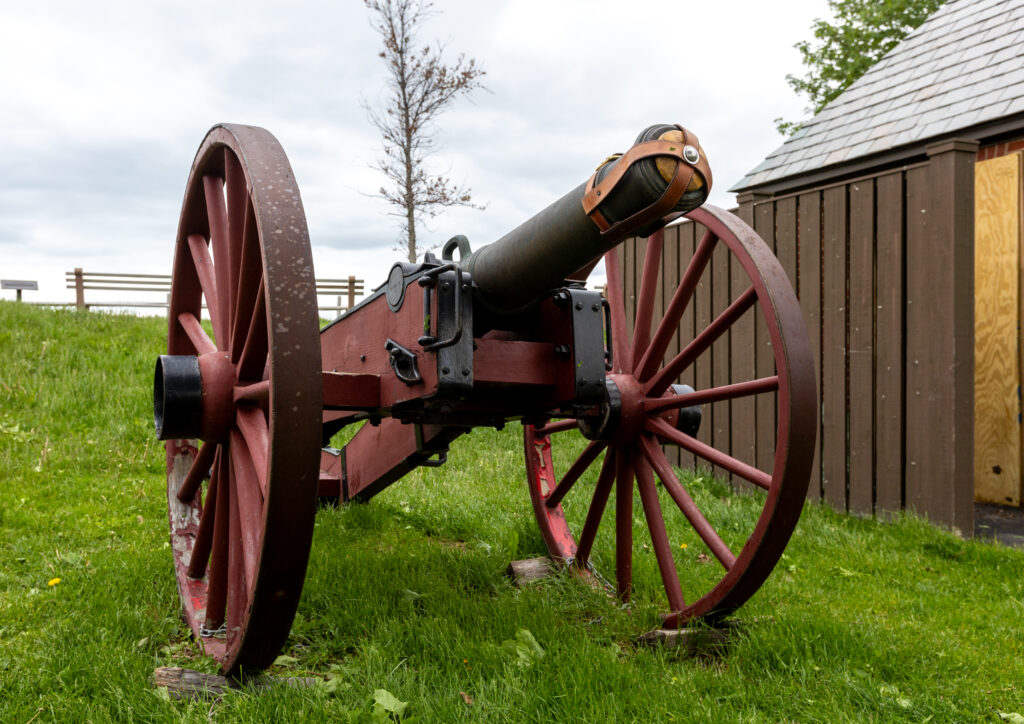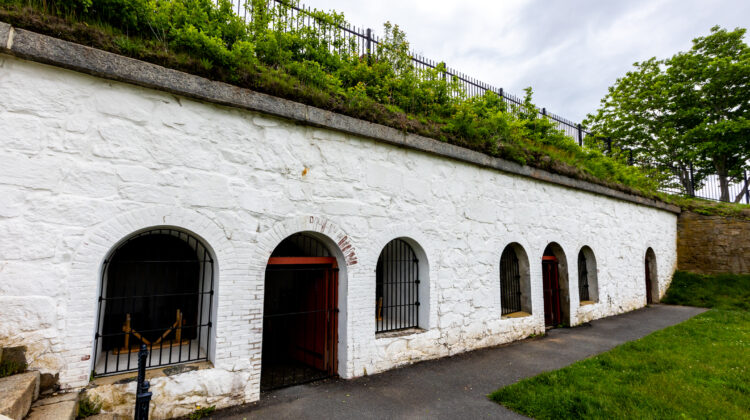Sitting along the coast of Marblehead, watching over the sea, and Chandler Hoavey Park sits a building that stands for strength and resilience: Fort Sewall.
Originally given the name Gale’s Head Fort when it was first fortified in 1644, it would be renamed in 1814 after Marblehead Native Judge Samuel Sewall, who was involved in the witch trials, though he was the only judge to openly admit what they had done was wrong. Sewall would eventually go on to become a member of the Massachusetts Supreme Court.
The original name came from the land it sat on, Gale’s Head, named after Ambrose Gale, who purchased the point in 1674 from Moses Maverick.

The fort was used to defend the coast with cannons aimed at the entrance to Marblehead Harbor, ready to defend the town.
According to “Celebrating Fort Sewall,” a book sponsored by the Fort Sewall Oversight Committee, “To safeguard the fishing fleet, the town often allotted as much as half its budget to the fort’s maintenance.”
Tensions were at a high point during the Revolution, and the fort became a necessity as British ships prowled along the coast of the United States.
During this time, Glover’s Regiment had marched to the fort as three British ships were seen at the harbor. This threat pushed Marblehead to continue to strengthen its defenses.
Moments like this are still remembered today. Every year, Glover’s Regiment reenactors march from Fort Sewall to the beach, guns in hand, ready to battle the British.
One of the most well-known moments for the fort, possibly its greatest, was when it came to the rescue of the USS Constitution, which was being chased by British ships during the War of 1812. The ship found refuge at Fort Sewall.
The Constitution, perhaps better known as Old Ironsides, is the oldest commissioned ship still afloat, docked at the Navy Yard in Charlestown.
Over the centuries, the fort went through different stages of being fortified, used, in disrepair, and fixed up again. In times of conflict, like the American Revolution, “The fort was enlarged to its current footprint,” according to the book. It was also written that renovation was done during the French and Indian War.
The decay continued for the fort, though. Attention was placed elsewhere as the wars calmed down and the need for the fort diminished. The cycle would continue again when the Civil War came into play. A desolate Fort Sewall would be raised again, with money going towards construction.
The fort was eventually ceded by the government in 1922 and is now used as a public park. In recent years, the Marblehead Fort Sewall Oversight Committee was formed, and the fort went through a $1.5 million restoration project.
Renovations included stairs and railings being replaced, doors being fixed, a path being built, and benches being refurnished. All of this was celebrated in 2022, right on time for the Centennial year of ownership being restored to the town. However, the committee continues to fix up the fort to this day.
Today, Fort Sewall is a historical landmark visited by tourists and loved by locals. It’s a memory of the hardworking Marbleheaders who once lived, battling British and French ships along that very coastline.




